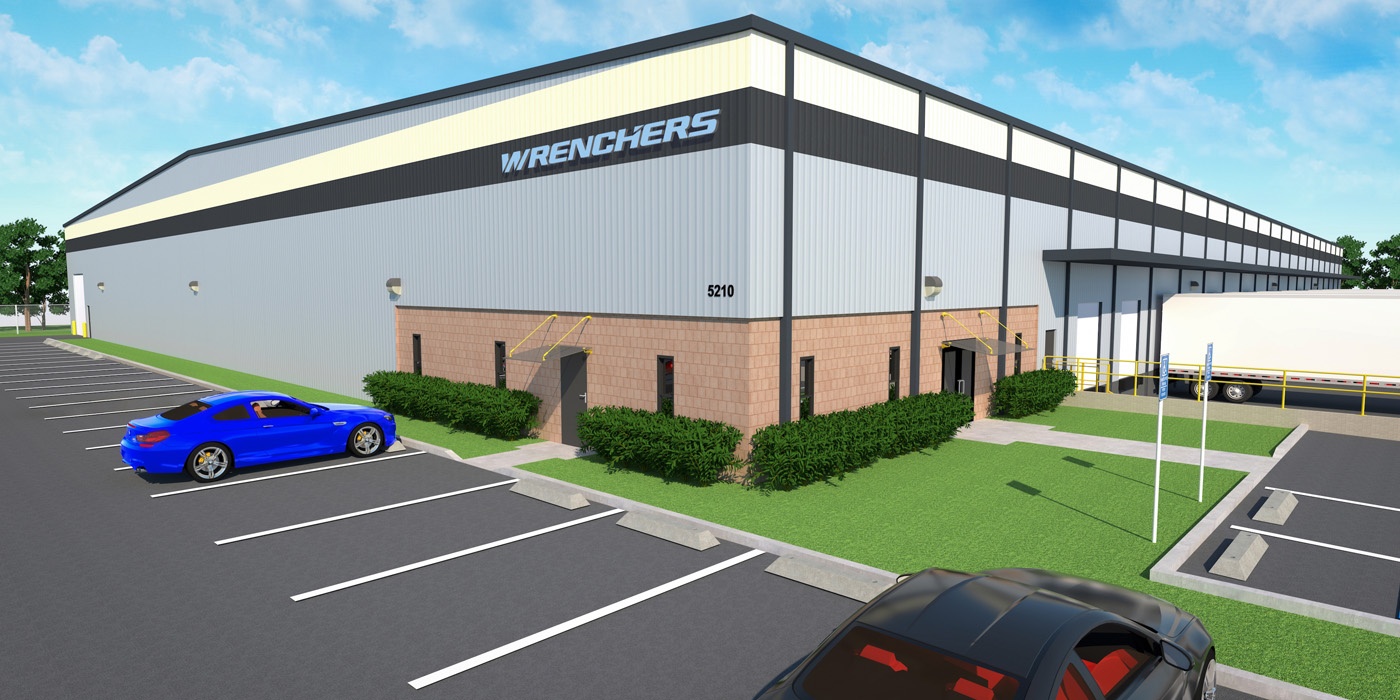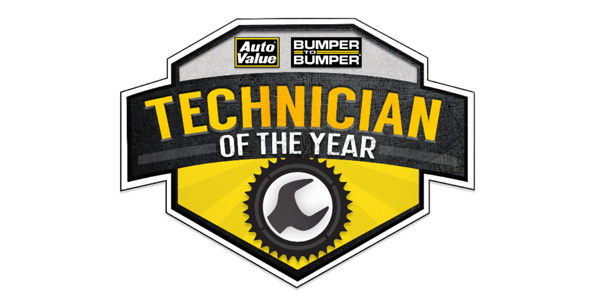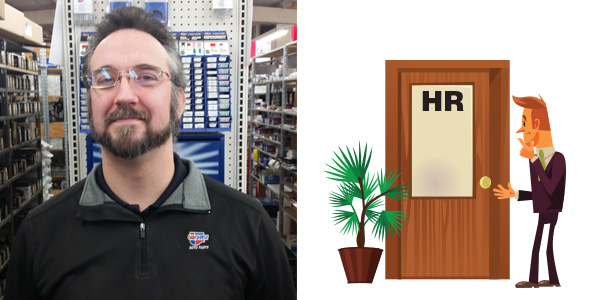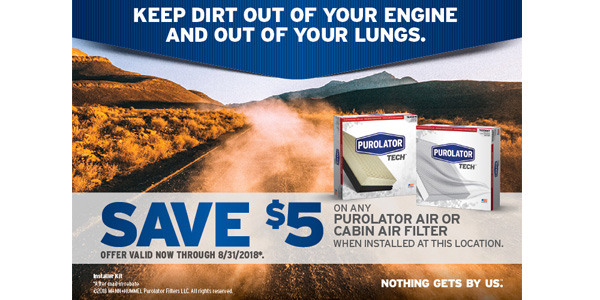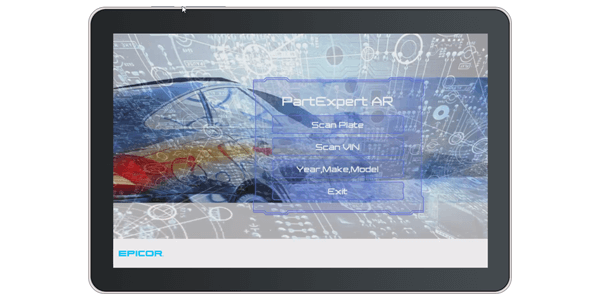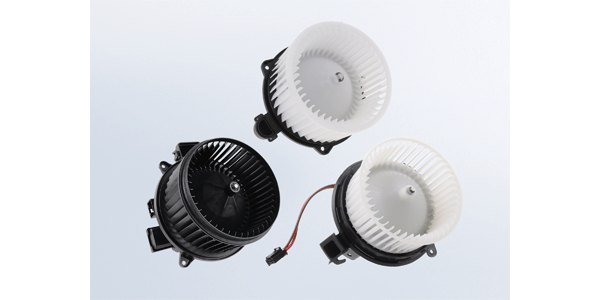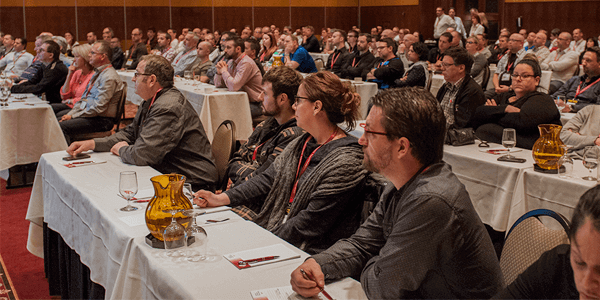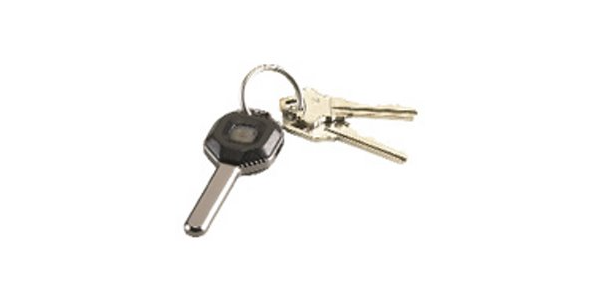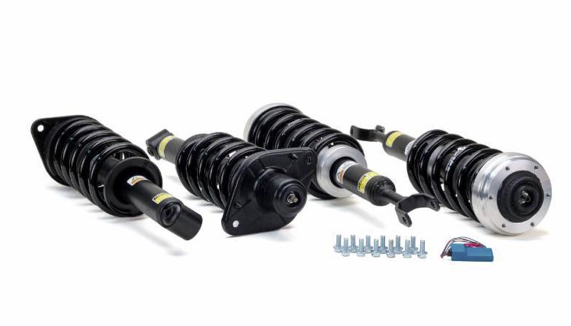Q: Should brake rotors be replaced when new brake pads are installed?
A. It depends on the condition and thickness of the rotors. Like brake pads, rotors are a wear item and don’t last forever. The rotors wear every time the brakes are applied. The rate at which rotors wear depends on a lot of variables: the type of brake pads on the vehicle, the metallurgy (hardness and quality) of the castings, how efficiently the rotors cool themselves, the type of driving the vehicle is subjected to, the braking style of the driver (aggressive or easy) and exposure to moisture and road salt. Rotors must be replaced if they are cracked, worn out or severely corroded.
The thickness of the rotors determines their useful service life. The original equipment rotors on many late-model vehicles are somewhat thinner to save weight and cost. Thinner rotors obviously don’t have the service life of thicker, heavier rotors, and may not have enough metal left in them to be resurfaced by the time the pads need to be replaced. Rotors must be replaced if they are worn down to the minimum thickness or discard specification or cannot be resurfaced without exceeding these dimensions.
The minimum thickness specification is critical because it is the minimum thickness that provides safe braking. As a rotor wears and becomes thinner, it has less mass. This reduces the rotor’s ability to absorb and dissipate heat. It also reduces the strength of the rotor, increasing the risk of cracking or even breaking (rotor failure). That’s why the thickness of the rotors should always be measured with an accurate brake caliper every time the brakes are serviced. If a rotor is worn down to the minimum thickness specification, or cannot be resurfaced without exceeding the discard dimension, it must be replaced. In some states, this is the law. Replacing one worn-out rotor usually means replacing both rotors on the vehicle, since they usually experience the same amount of wear. Many brake experts recommend replacing both rotors at the same time (even if one is still “good”) to maintain even braking side-to-side.
Q. Will resurfacing the rotors eliminate a brake pedal pulsation problem?
A. Brake pedal pulsations are caused by thickness variations between the faces of the rotor. As the rotor turns around, any variation in thickness of more than about .001 inches may be felt when the brakes are applied. Resurfacing the rotors to make both faces flat and parallel will temporarily solve the problem, but it may be only a temporary fix. Most brake experts recommend replacing the rotors if a customer has a pedal pulsation complaint. Why? Because the thickness variation that causes the pulsation is often the result of hard spots in the rotor that extend deep into the metal. Resurfacing the rotor only shaves off the top of the hard spots. Eventually, the hard spots will cause the uneven wear and thickness variations to return — sometimes within a few thousand miles after resurfacing!
The hard spots and/or uneven wear may be the result of casting or metallurgical imperfections in the rotor, but can also result from distortions in the rotor hub caused by uneven tightening and loading of the lug nuts. Lug nuts should always be final tightened with a torque wrench, never an impact wrench or by hand.
Q. How much rotor runout is too much?
A. Runout specifications vary from one vehicle to another, with some being more sensitive to rotor runout. Runout is measured by placing a dial indicator gauge against the face of the rotor and then rotating the rotor one full turn. A rotor that is running true should have .002 inches or less of lateral (sideways) runout. More than this may cause problems on some vehicles. Excessive runout may be due to a stack up of manufacturing tolerances in the hub or rotor, inaccurate rotor machining, an accumulation of dirt or rust between the rotor hat and hub, or uneven loading due to uneven lug nut torque. Runout can sometimes be reduced by reindexing the rotor position on the hub, or if that doesn’t work, by resurfacing the rotor on the vehicle with an on-car brake lathe or by installing thin tapered shims between the rotor and hub.
Rotor runout also can be corrected using a conventional bench lathe, but it requires a tricky multi-step process. First, you have to measure and mark the point of maximum runout with the rotor on the vehicle. Then you have to mount the rotor on the lathe arbor and attempt to duplicate the same amount of runout on the lathe. Then you can cut the rotor true and remount it on the car in the same index position as before — and hopefully the runout will be gone.
New rotors should be true and flat out of the box and should require no additional machining prior to installation. Most rotor suppliers do not recommend resurfacing new rotors as this will reduce their thickness (and ultimate service life).

